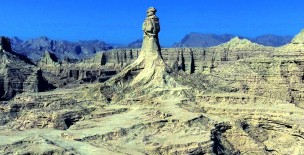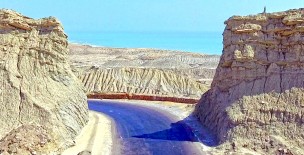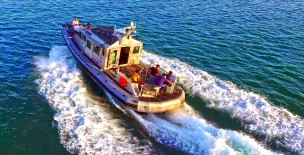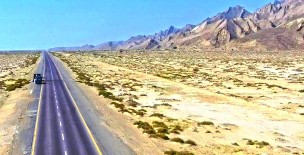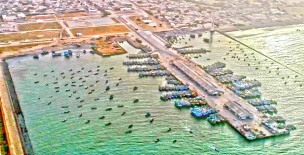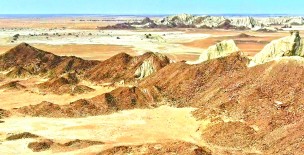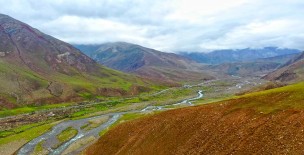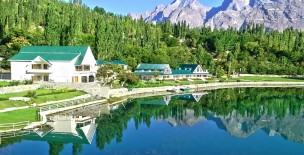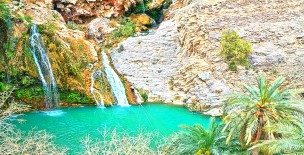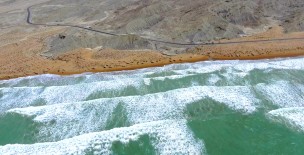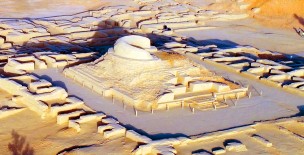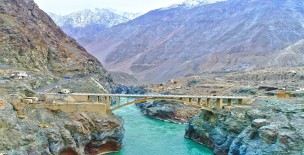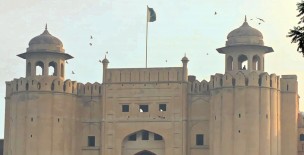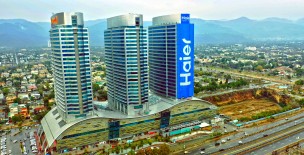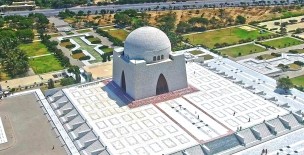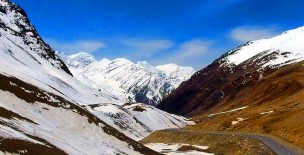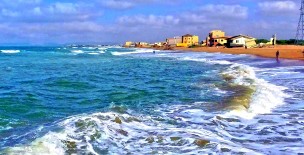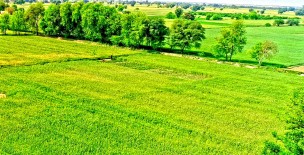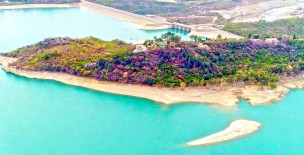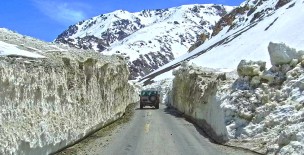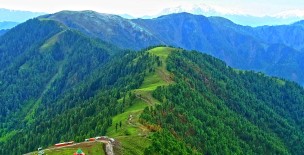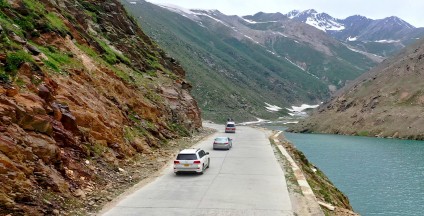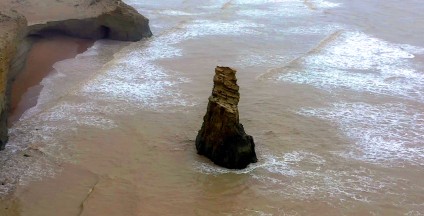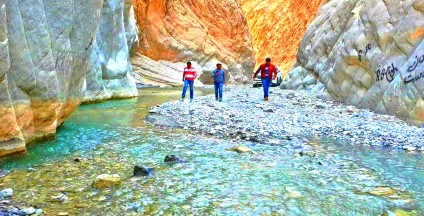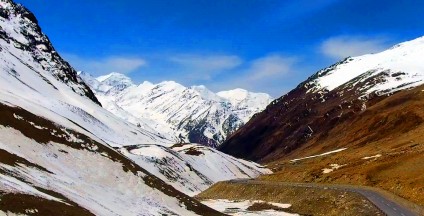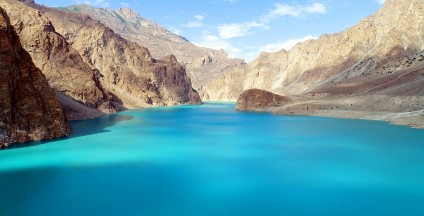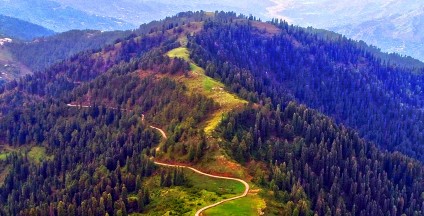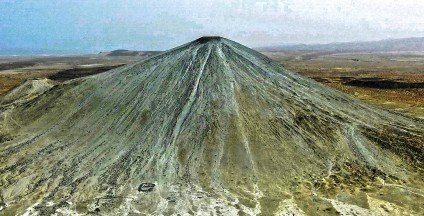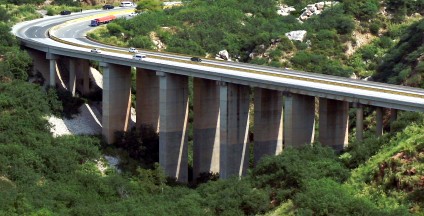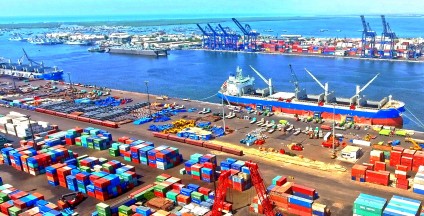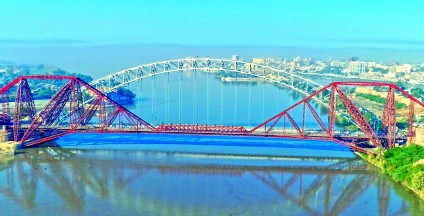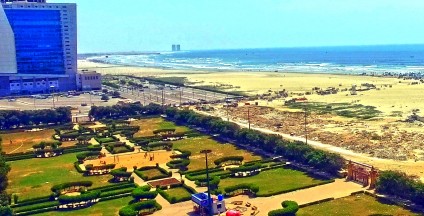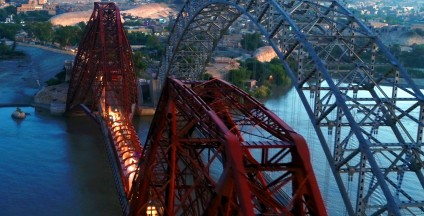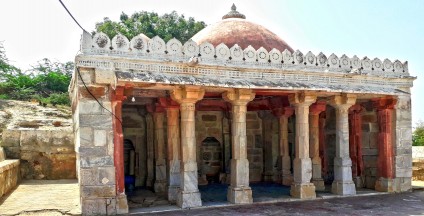The Khojak Tunnel, also known as Shela Bagh Tunnel, is a 3.912 km (2.415 mi) railway tunnel in Qilla Abdullah District of Balochistan province, Pakistan.
This tunnel was featured on the old Five Rupee banknote.
Built at an elevation of 1,945 m (6,381 ft) above sea level, in the historic Khojak pass, the tunnel is located some 113km from Quetta on the Quetta-Chaman Railway line.
Khojak pass itself is located across the Khwaja-Amran offshoot of the Toba-Kakar mountains.
The work on Khojak Tunnel began on April 14, 1888 and the first steam engine rolled through the completed tunnel on September 5, 1891.
At the time of construction of this tunnel, there was no skilled lobour available for the job in India. Equipment and ironworks had to be ordered from England.
An army of labourers was recruited from all parts of India as well as other countries.
The workers for Khojak Tunnel came from Herat, Seistan, Kandahar, Ghazni, Kabul, Jalalabad, Swat, Bannu, Kafiristan, Kashmir, Tibet, Punjab, Mekran, Arabs from the Persian Gulf and Zanzibar.
There were a large number of Hazara people as well as Sikh carpenters and masons and brick burners from Bengal.
65 Welsh miners were especially recruited for the Khojak Tunnel project, who had experience in building the Severn Tunnel through the treacherous water-bearing strata of England.

